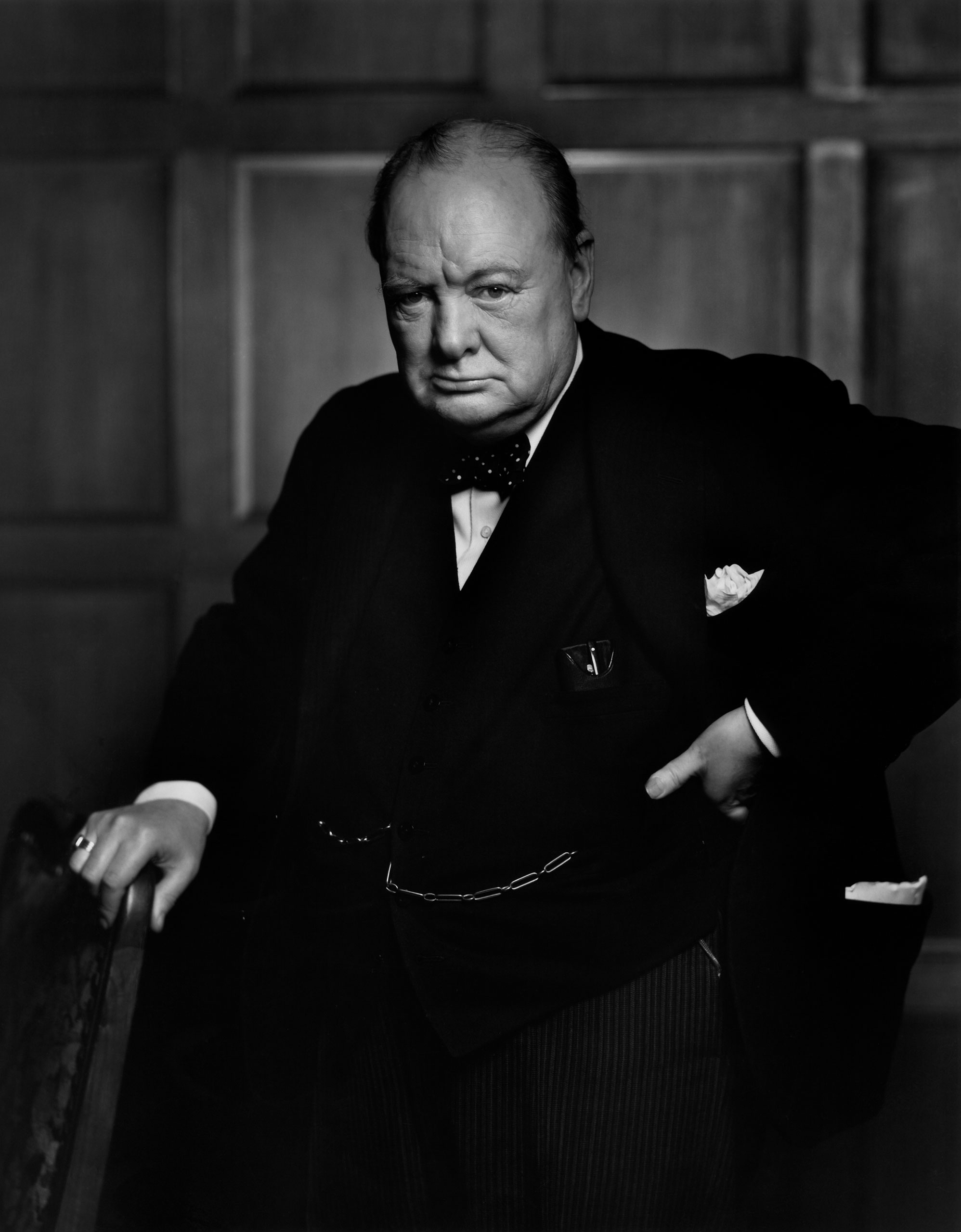
The wet cigar dangling from Winston Churchill’s frowning mouth is not the kind of thing a stranger would be advised to remove without permission. But when Yousuf Karsh had only one shot to capture the prime minister’s portrait in 1941, he did just that. The scowl this maneuver yielded was exactly the picture of defiance Karsh was going for: an image of dogged resilience.
The photograph that launched the career of one of the 20th century’s great portrait photographers is just one of more than 15,000 Karsh took of world leaders, artists and scientists—more than 20 of them landing on LIFE’s cover—before retiring in 1992.
Though an afternoon with the Pope or the Queen was a typical day’s work for Karsh, his success as a portrait photographer did not derive from a reverence for celebrity. “He grew up during the Armenian genocide and he saw the worst in life and because of that, he had a real appreciation for the best,” says Jerry Fielder, curator and director of Karsh’s estate, who worked as Karsh’s photographic assistant from 1979 until the photographer’s retirement. “I mean people that contributed to life rather than trying to tear it apart.”
Karsh immigrated to Canada from the Ottoman Empire (now Turkey) at 16, leaving his family to live with his uncle, a photographer. After an apprenticeship with portrait photographer John Garo in Boston, he took over his own studio, eventually capturing the attention of Canadian Prime Minister Mackenzie King, who helped arrange portrait sessions with visiting dignitaries.
Karsh approached all of his subjects in the same way, from Mother Theresa to unknown people who sat for the photographer to gift a portrait to a spouse. He traveled regularly, preferring to photograph people in their own environments to maximize their level of comfort in front of the camera. And as much as possible, he spent time getting to know them before even laying a finger on the camera.
For the subject, Fielder says, this prelude to the portrait “was just a casual conversation. For him, he was always looking for something that was real and genuine.” Whatever he determined that truth to be—Churchill’s determination or the Pope’s holiness—he would be prepared to snap his shutter the moment it manifested in his subject’s face or eyes or hands.
“People want to present themselves a certain way and that’s not what he was looking for,” says Fielder. Karsh was looking for the essence of his subjects, a point he emphasized in a lecture in 1951. “If I succeed, the portrait should tell not just that X has a heavy jaw and Y drooping eyelids,” he told an audience at Kent State University. “It should convey the message that here we have a man of willpower, iron determination, singleness of purpose—that here is a thoughtful, perhaps calculating, perhaps careful man who weighs and ponders before he makes up his mind.”
But a keen sense of the inner life of others and a capacity for empathy are nothing in the hands of an average photographer. It was Karsh’s accomplishments as a master technician that brought those intangibles to bear. “You can teach technique,” Fielder says, “but talent is innate, and he just had a great understanding of light.” Karsh considered light a tool, and he manipulated it expertly both in the studio and the darkroom.
As curator of Karsh exhibitions, Fielder has picked up on an unexpected phenomenon with the increasing vintage of Karsh’s portraits. As some of his subjects become less recognizable—Albert Schweitzer, say, or FDR-era Secretary of State Cordell Hull—people begin to see past fame and celebrity and observe the photographs as works of art. Composition, light and technique compete more evenly with the famous faces they’re meant to complement, and the artist’s mastery takes center stage.
The journalist George Perry once wrote in the Sunday Times, “When the famous start thinking of immortality, they call for Karsh of Ottawa.” The immortality he offered up in black and white, as it turned out, would be bestowed upon the photographer himself.
Liz Ronk, who edited this gallery, is the Photo Editor for LIFE.com. Follow her on Twitter at @LizabethRonk.
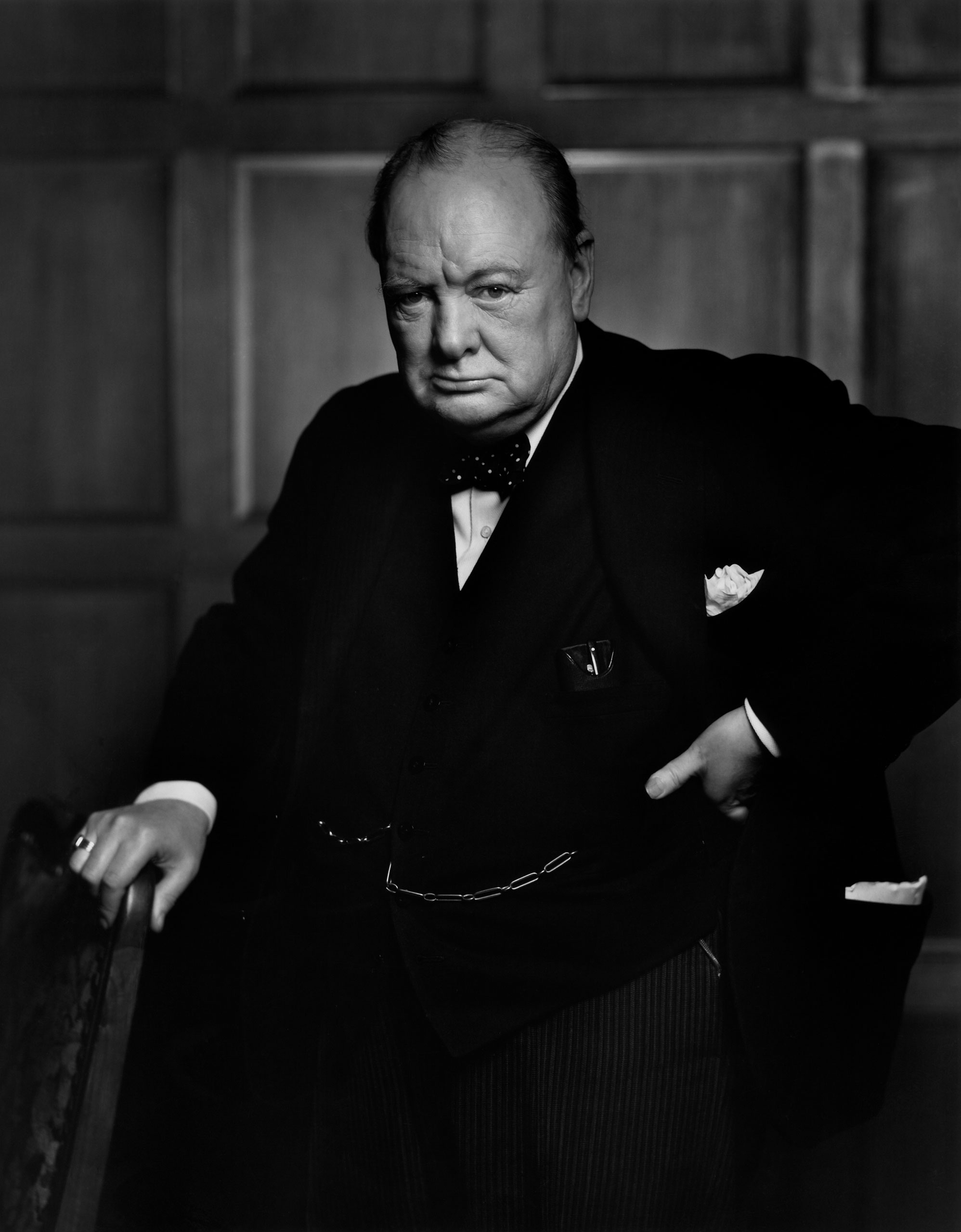
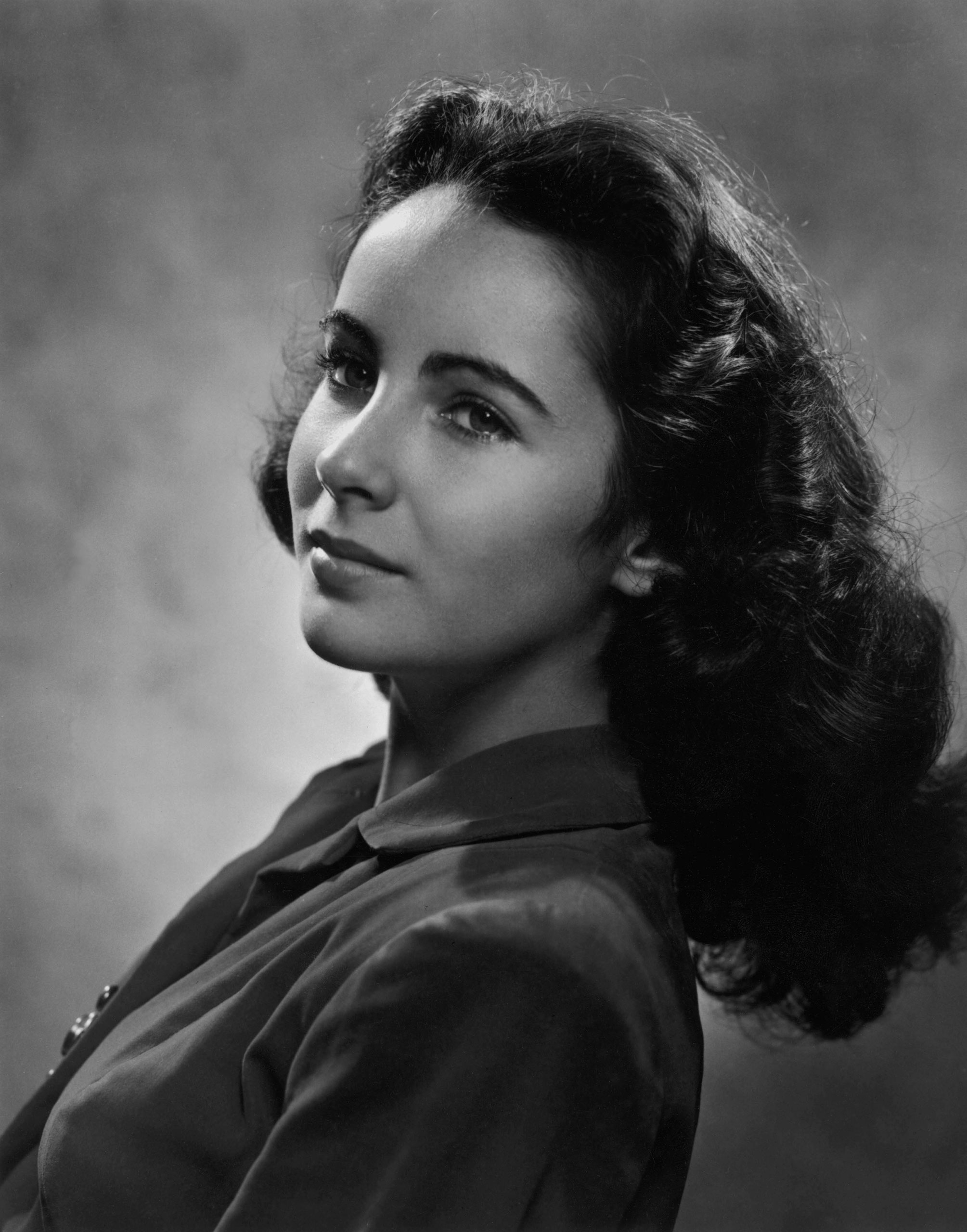
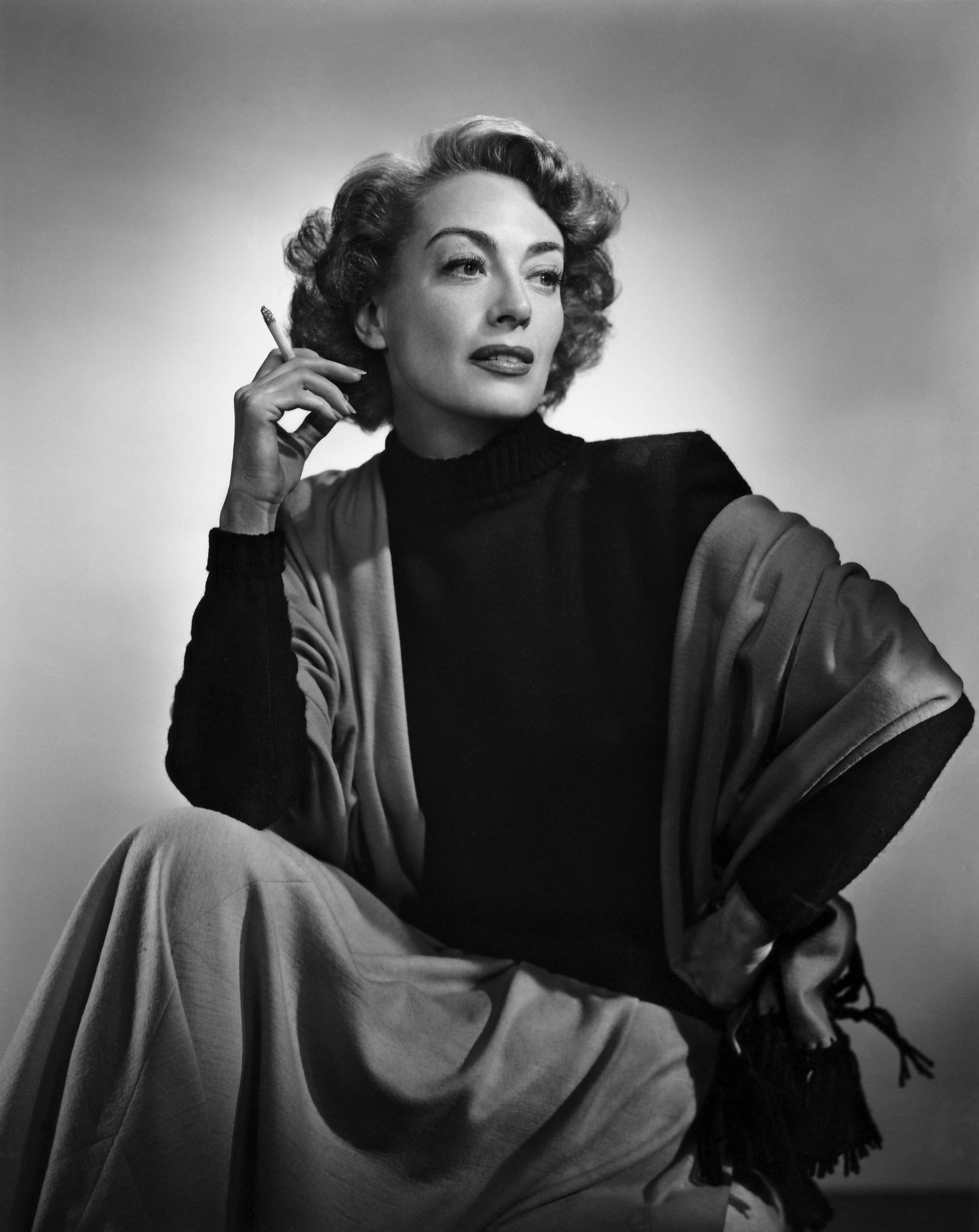

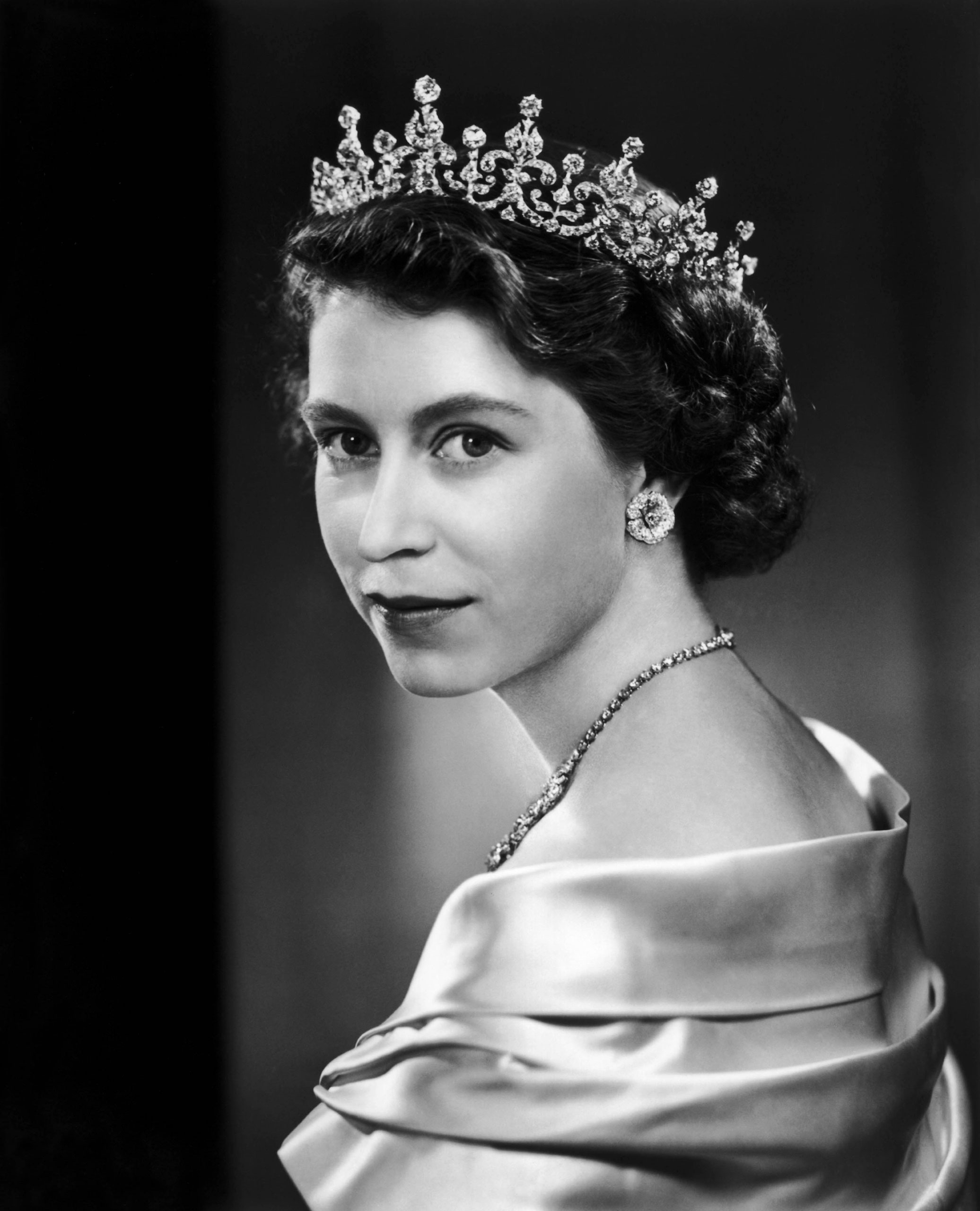

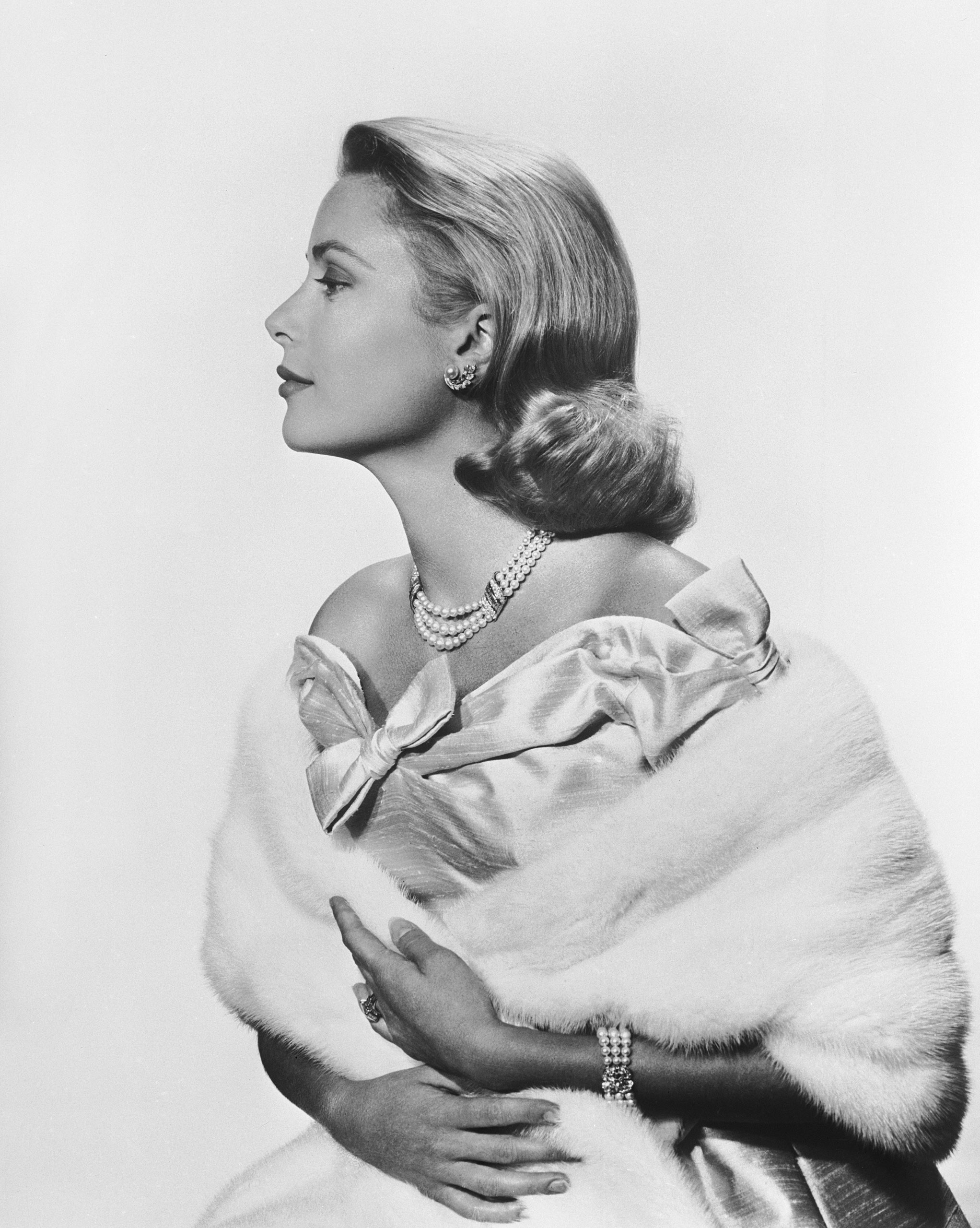
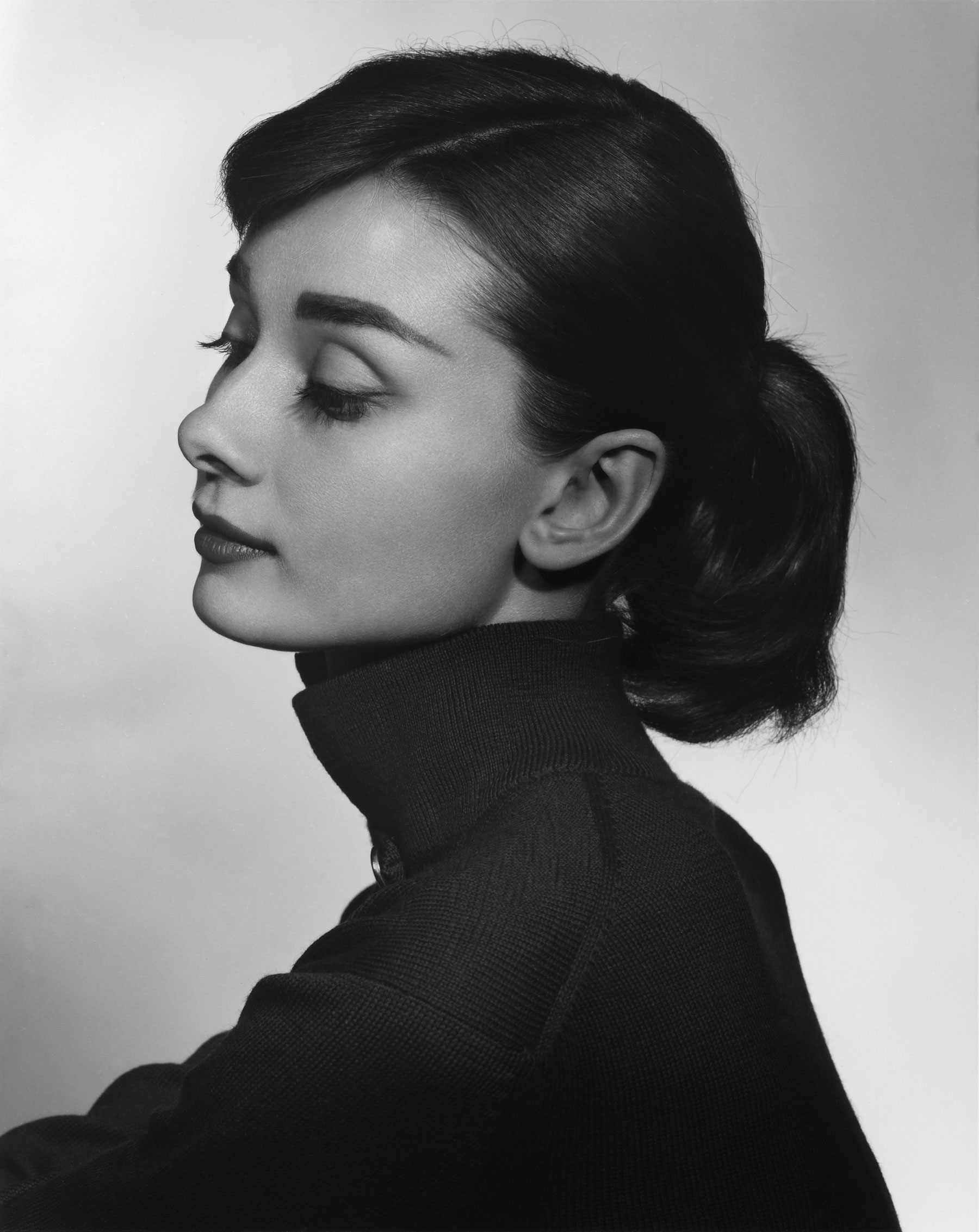
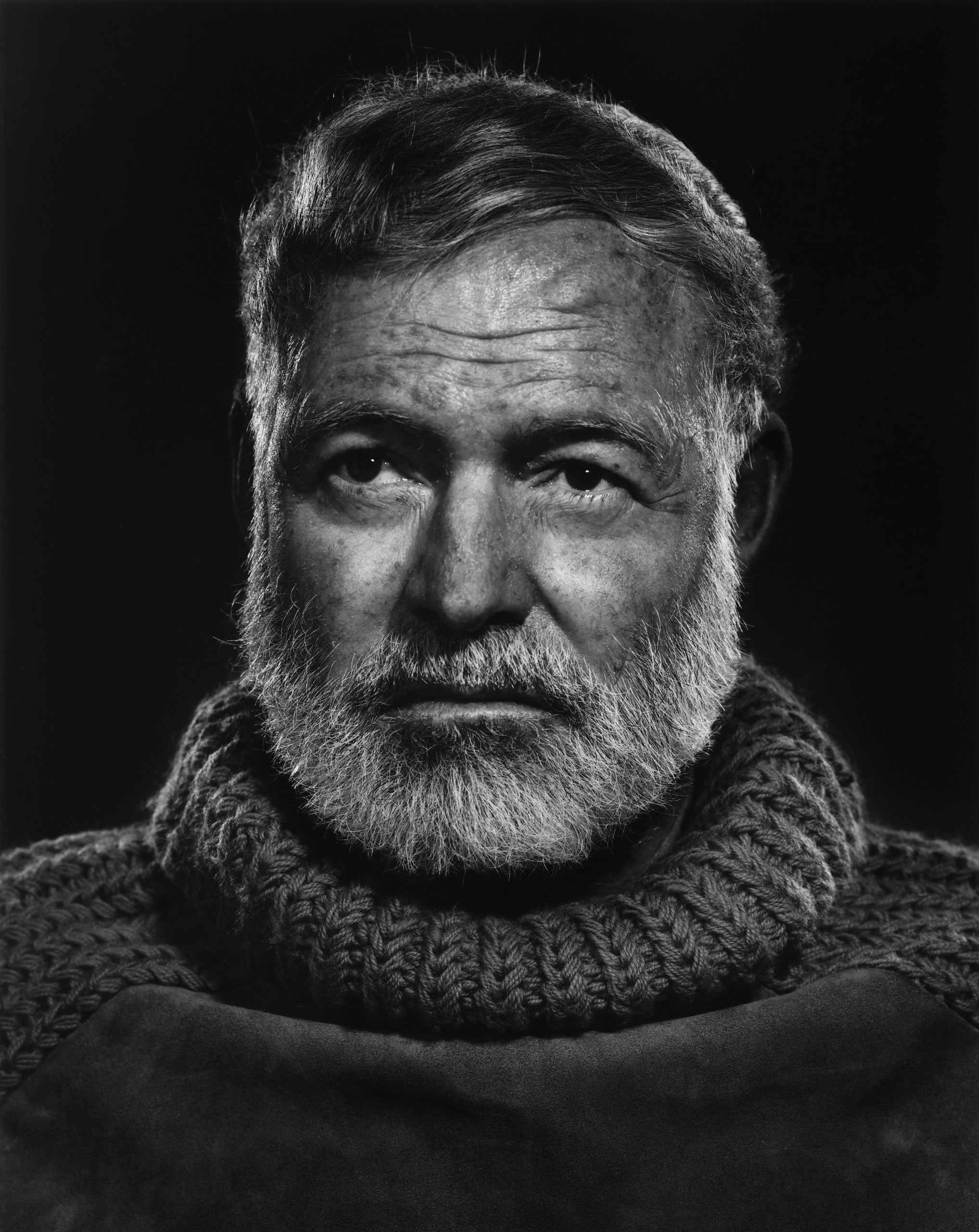
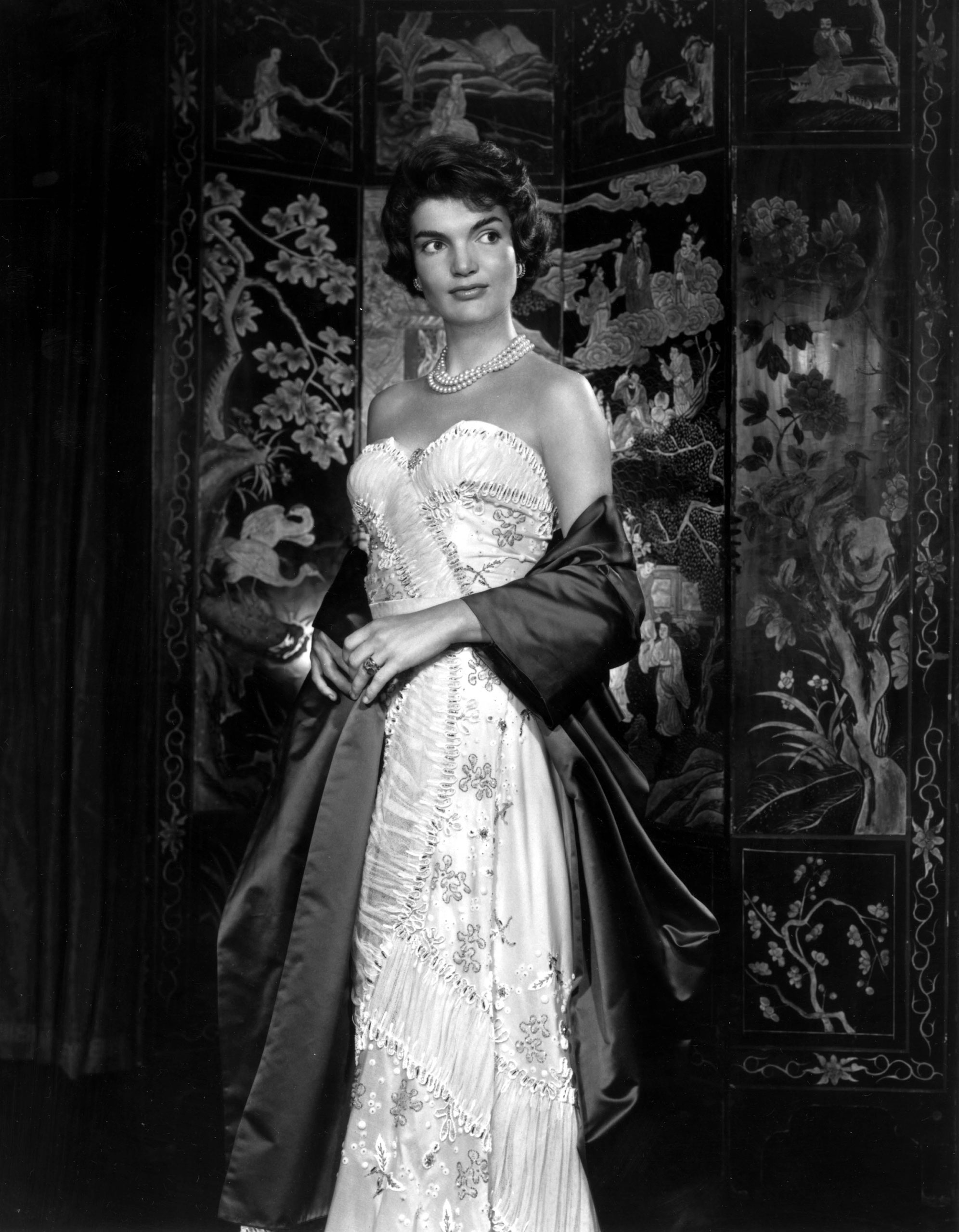
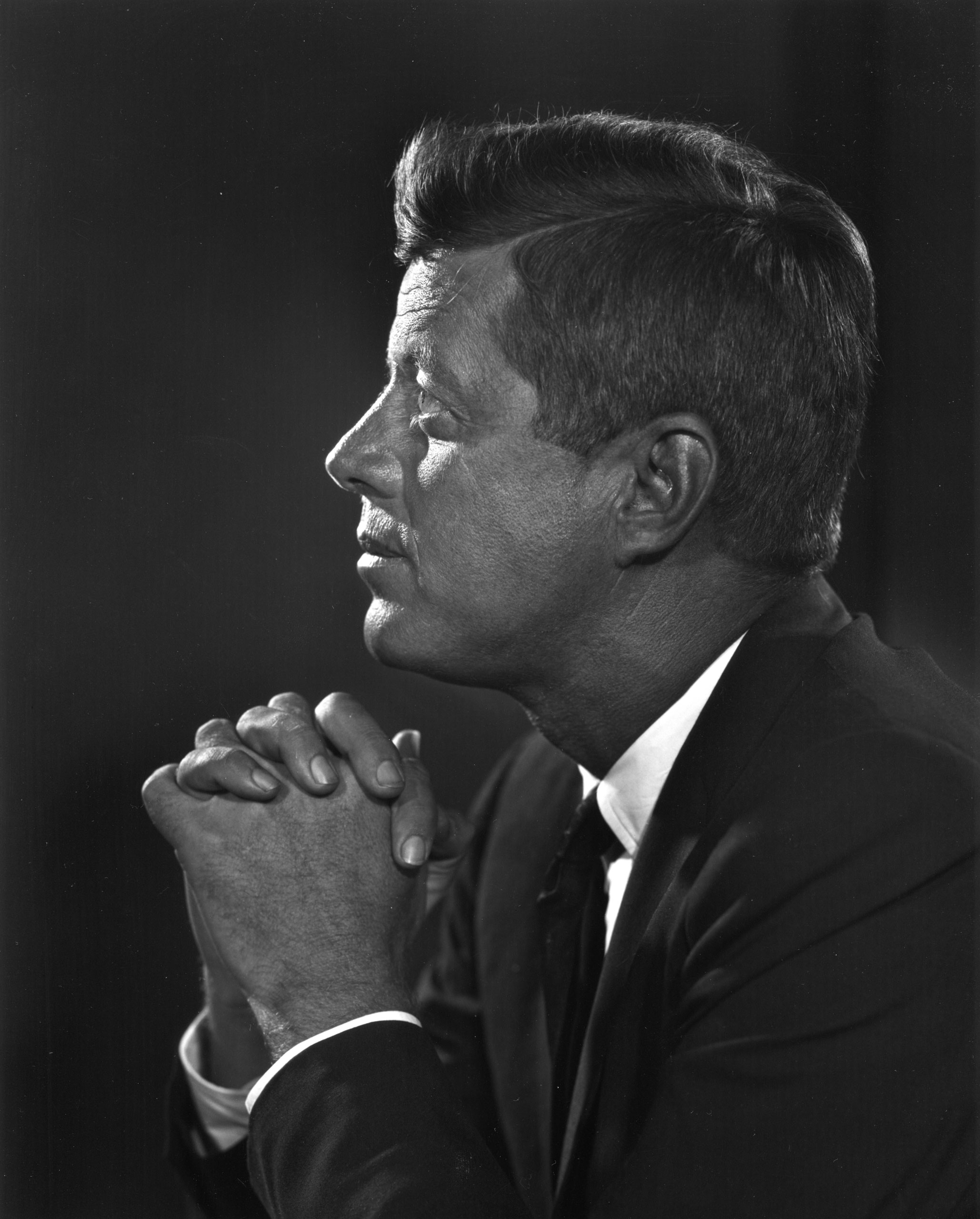
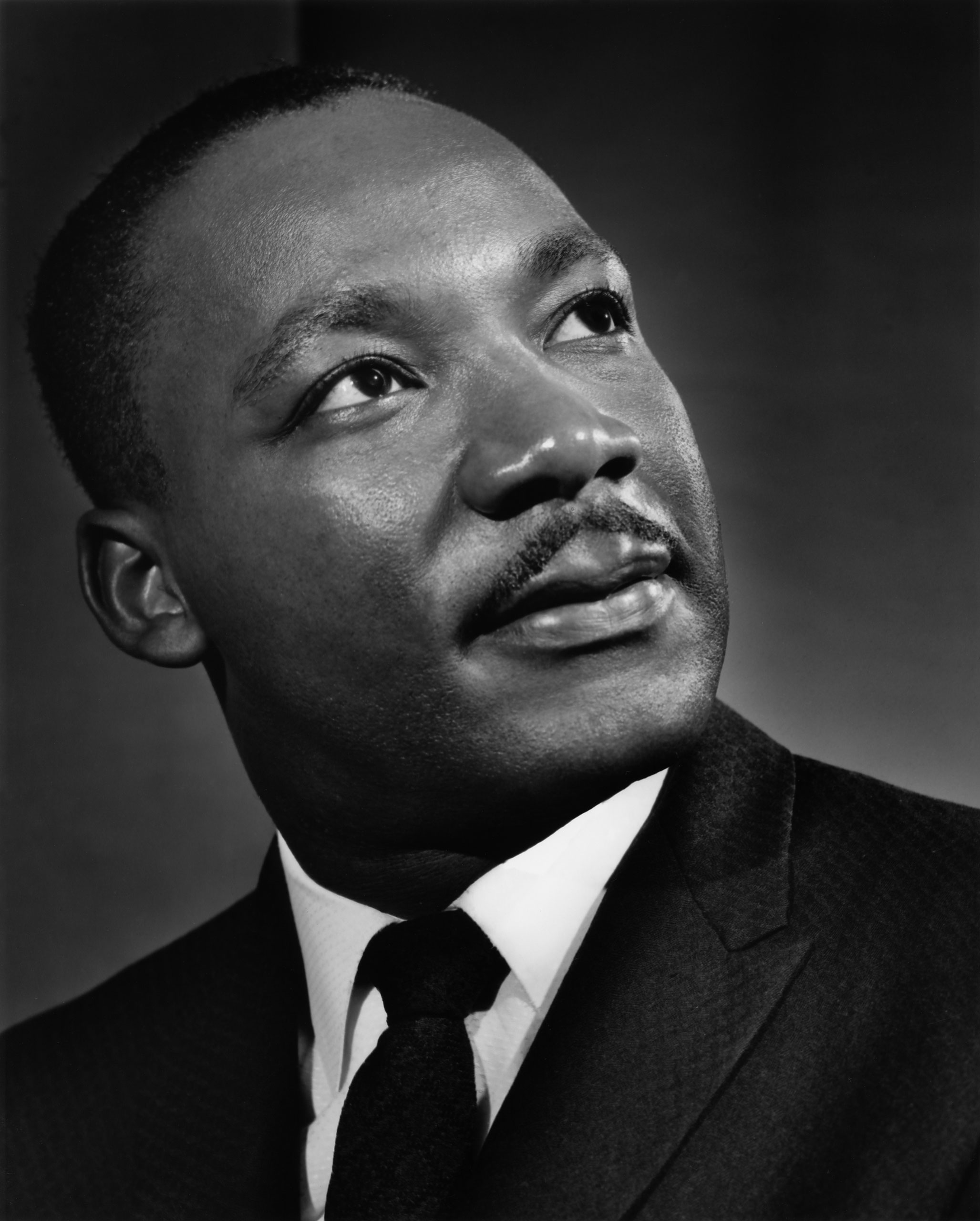
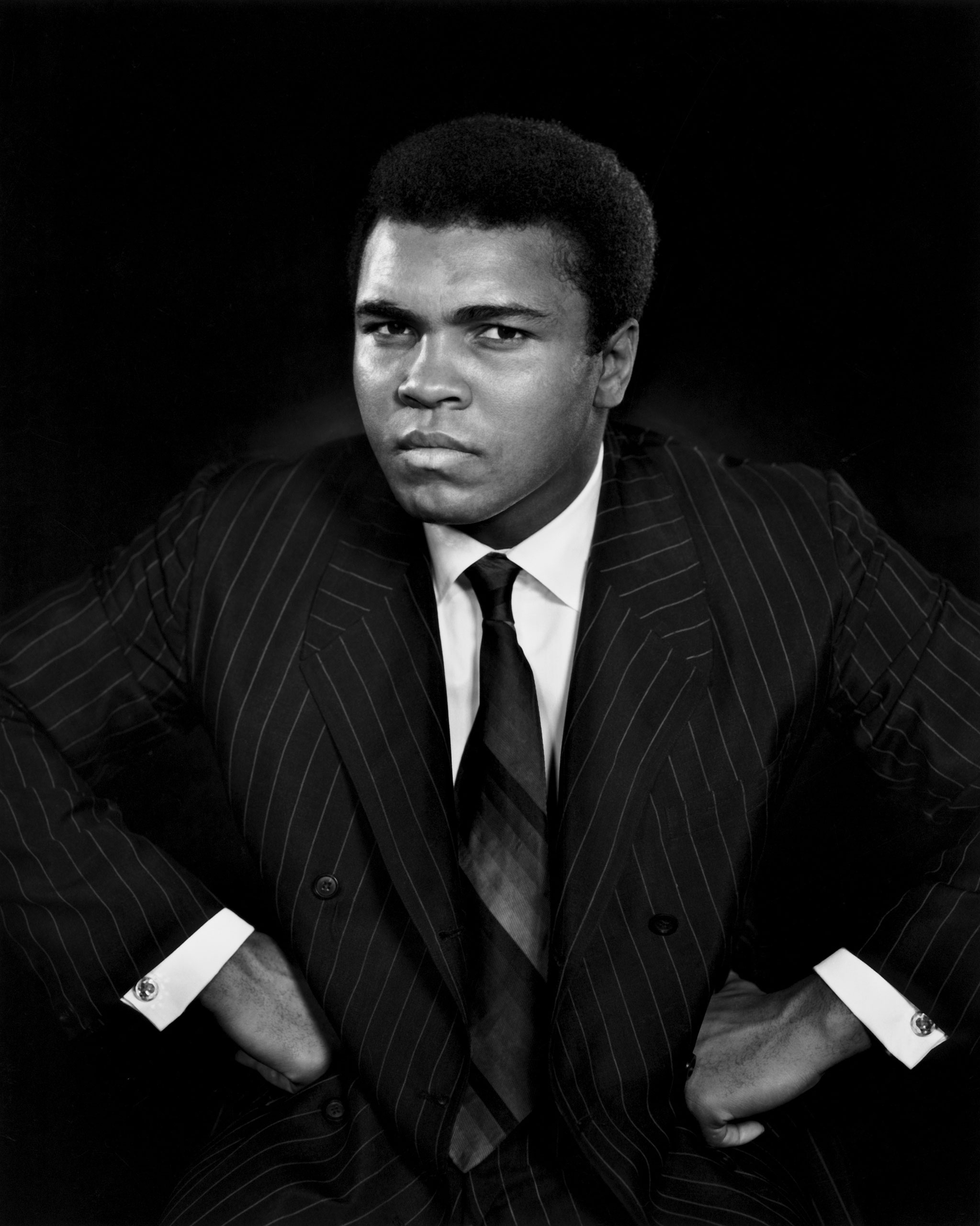
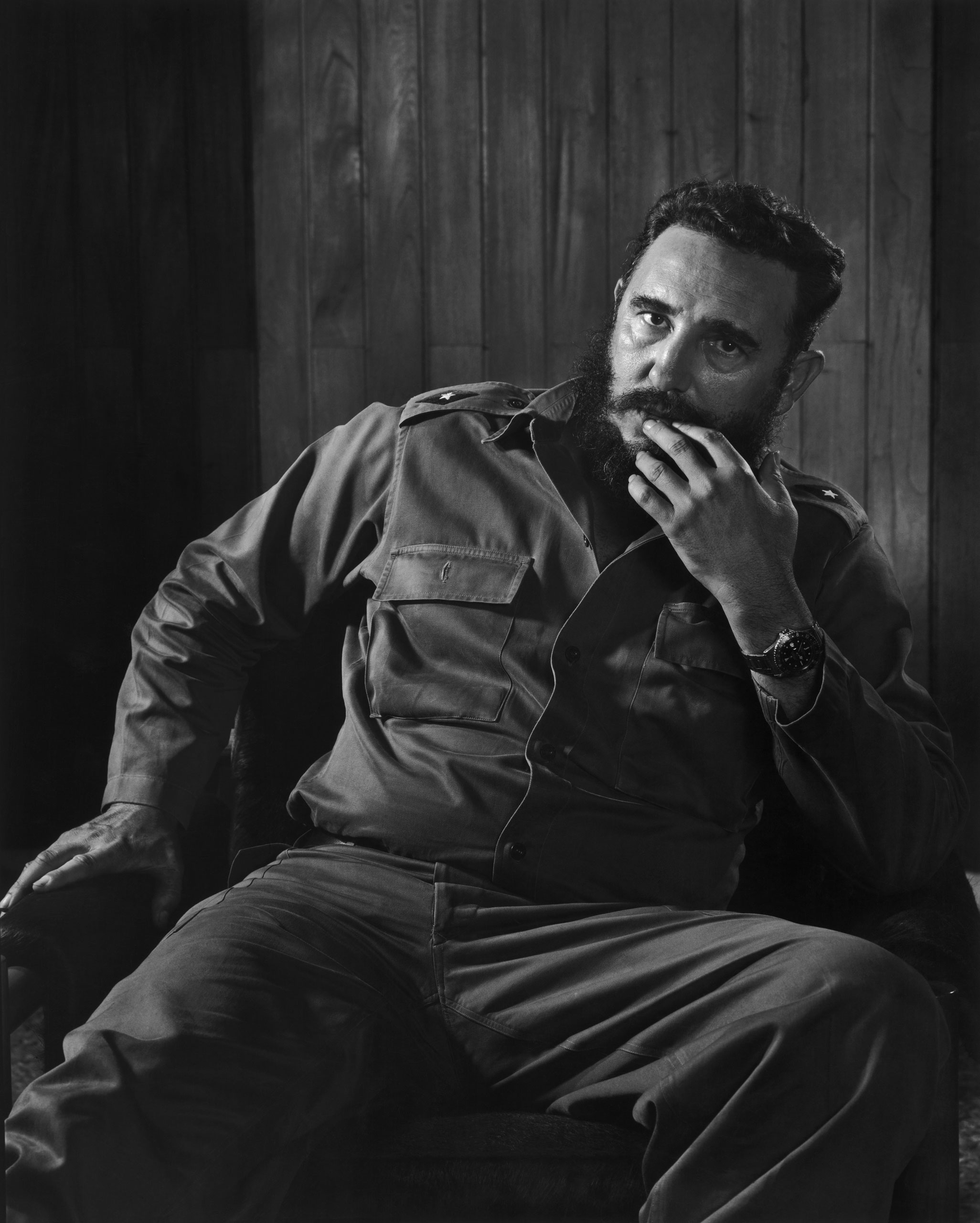
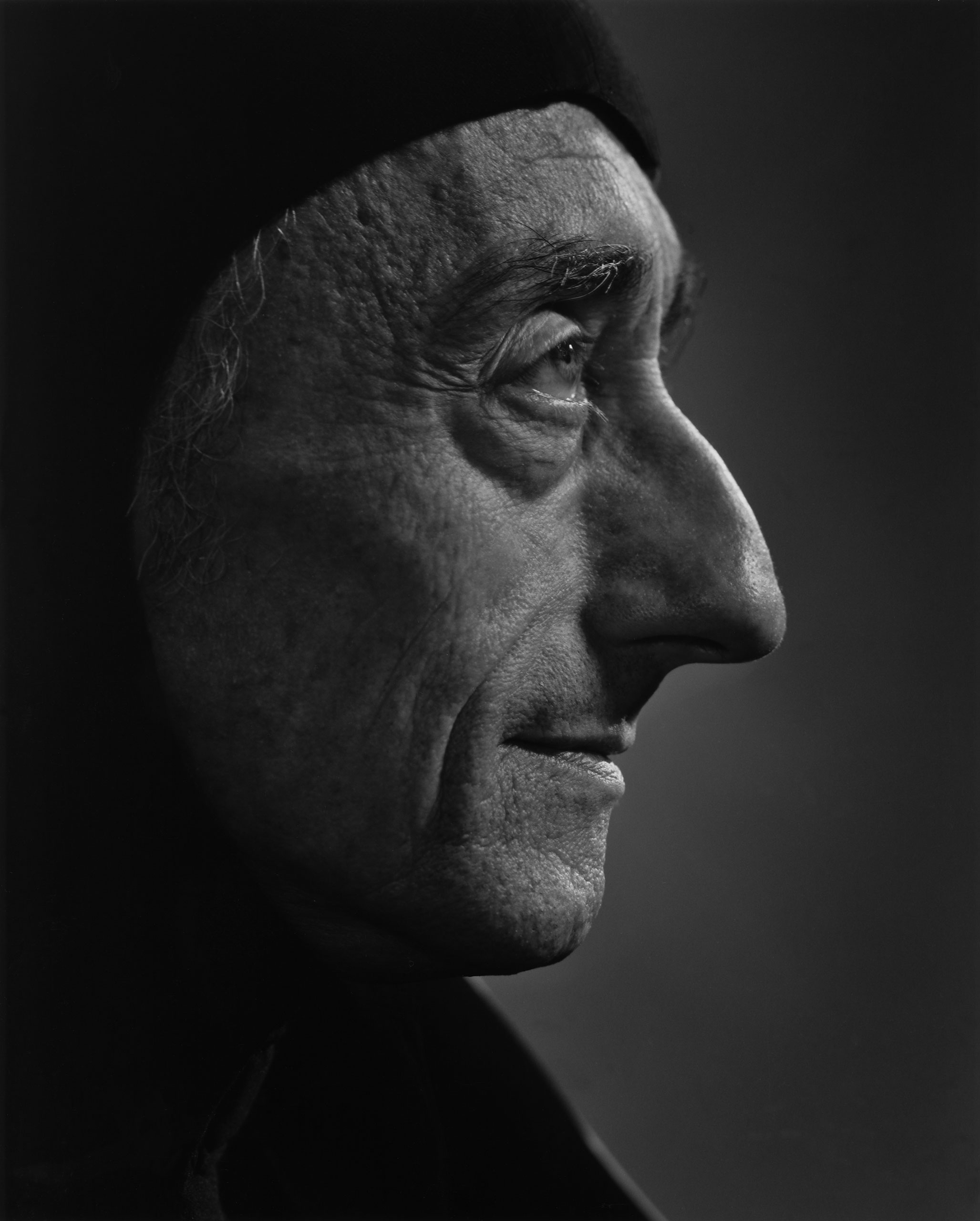
More Must-Reads from TIME
- Cybersecurity Experts Are Sounding the Alarm on DOGE
- Meet the 2025 Women of the Year
- The Harsh Truth About Disability Inclusion
- Why Do More Young Adults Have Cancer?
- Colman Domingo Leads With Radical Love
- How to Get Better at Doing Things Alone
- Michelle Zauner Stares Down the Darkness
Write to Eliza Berman at eliza.berman@time.com